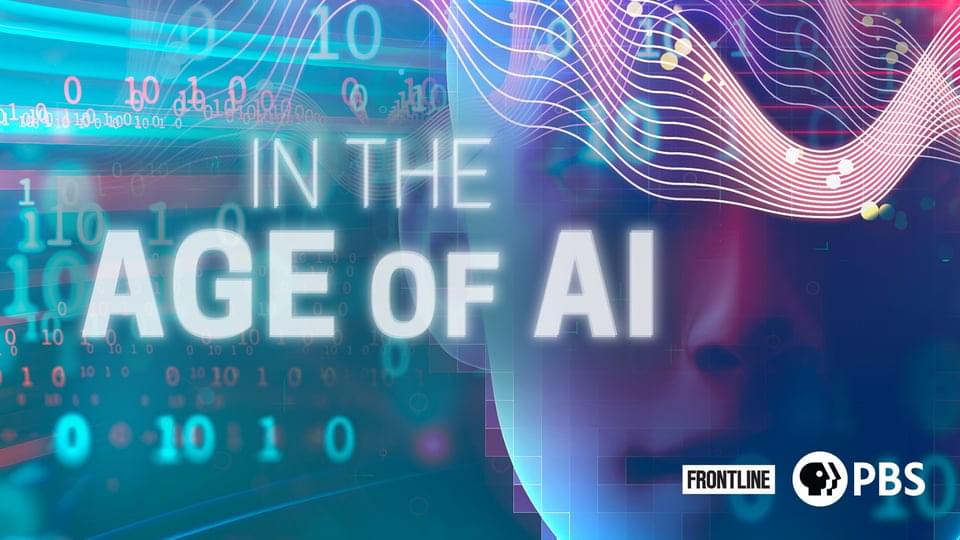Four board members are left after Altman’s shocking ouster.


Mira Murati is to temporarily take up the reins at OpenAI following Sam Altman’s surprising departure.
After Sam Altman’s surprise sacking from OpenAI on Friday, the AI company has announced that Mira Murati will fill the gap as interim Chief Executive Officer (CEO) until a replacement is found. A relative unknown outside of Silicon Valley, many interested in the artificial intelligence (AI) space are rightfully wondering who she is. Let’s find out what we know so far.
Who are you?
Mira Murati was born in Albania but moved to Vancouver, Canada when she was 16 years old under a scholarship at an international school. After graduating, she studied at Dartmouth College and completed a mechanical engineering degree. After completing her studies, Murati worked as an intern at Goldman Sachs and then at the French aerospace group Zodiac Aerospace.

One question has relentlessly followed ChatGPT in its trajectory to superstar status in the field of artificial intelligence: Has it met the Turing test of generating output indistinguishable from human response?
Two researchers at the University of California at San Diego say it comes close, but not quite.
ChatGPT may be smart, quick and impressive. It does a good job at exhibiting apparent intelligence. It sounds humanlike in conversations with people and can even display humor, emulate the phraseology of teenagers, and pass exams for law school.

USA: Timely diagnosis and treatment are critical to restore blood flow and reduce injury to the heart muscle and increase a person’s chance of recovery after a heart attack.
A recent study has revealed that technology incorporating artificial intelligence (AI) and electrocardiogram (EKG) testing for patients having a heart attack decreased the time to diagnose and send patients for treatment by almost 10 minutes. The findings from the late-breaking science study conducted in a hospital in Taiwan were presented at the American Heart Association’s Scientific Sessions 2023 held from Nov. 11–13, in Philadelphia.
“Modern AI may now be as good as expert cardiologists in diagnosing serious heart attacks,” said lead study author Chin-Sheng Lin, M.D., Ph.D., a professor, director of the Medical Technology Education Center and vice dean at the School of Medicine, at the National Defense Medical Center, in Taipei, Taiwan. “Hospitals can use AI tools more to help front-line doctors, especially those with less experience. This could lead to faster treatment and less mistakes when it comes to treating patients who are experiencing heart attacks.”

The government plans to establish a new ¥1 trillion ($6.6 billion) fund in a bid to develop the country’s outer space industry, as starry-eyed officials push to enhance Japan’s capabilities.
The ¥1 trillion fund will be allocated over a 10-year period for the Japan Aerospace Exploration Agency (JAXA), an Education, Culture, Sports, Science and Technology Ministry spokesperson said. Some ¥300 billion has been set aside for the fund in the latest supplementary budget approved by the Cabinet on Friday.
“We believe it is a necessary fund to speed up our country’s space development so we don’t lag behind the increasingly intensifying international competition,” Sanae Takaichi, minister in charge of space development, said in a news conference last week.

Complimentary approaches — “HighLight” and “Tailors and Swiftiles” — could boost the performance of demanding machine-learning tasks.
Researchers from MIT
MIT is an acronym for the Massachusetts Institute of Technology. It is a prestigious private research university in Cambridge, Massachusetts that was founded in 1861. It is organized into five Schools: architecture and planning; engineering; humanities, arts, and social sciences; management; and science. MIT’s impact includes many scientific breakthroughs and technological advances. Their stated goal is to make a better world through education, research, and innovation.

I discovered this service through my public library and the Libby app. It also works through a university if you’re a student. Here is a documentary on AI, one of our favorite subjects or at least mine, and the rivalry been the USA and China.
FRONTLINE examines the promise and perils of artificial intelligence (AI); from fears about work and privacy to rivalry between the US and China.

Einstein’s fascination with light, considered quirky at the time, would lead him down the path to a brand new theory of physics.
Living half a century before Einstein, a Scotsman, James Clerk Maxwell, revealed a powerful unification and universalization of nature, taking the disparate sciences of electricity and magnetism and merging them into one communion. It was a titanic tour-de-force that compressed decades of tangled experimental results and hazy theoretical insights into a tidy set of four equations that govern a wealth of phenomena. And through Maxwell’s efforts was born a second great force of nature, electromagnetism, which describes, again in a mere four equations, everything from static shocks, the invisible power of magnets, the flow of electricity, and even radiation – that is, light – itself.
At the time Einstein’s fascination with electromagnetism was considered unfashionable. While electromagnetism is now a cornerstone of every young physicist’s education, in the early 20th century it was seen as nothing more than an interesting bit of theoretical physics, but really something that those more aligned in engineering should study deeply. Though Einstein was no engineer, as a youth his mind burned with a simple thought experiment: what would happen if you could ride a bicycle so quickly that you raced beside a beam of light? What would the light look like from the privileged perspective?


Isolate thin flakes that can be tuned to exhibit three important properties.
MIT is an acronym for the Massachusetts Institute of Technology. It is a prestigious private research university in Cambridge, Massachusetts that was founded in 1861. It is organized into five Schools: architecture and planning; engineering; humanities, arts, and social sciences; management; and science. MIT’s impact includes many scientific breakthroughs and technological advances. Their stated goal is to make a better world through education, research, and innovation.